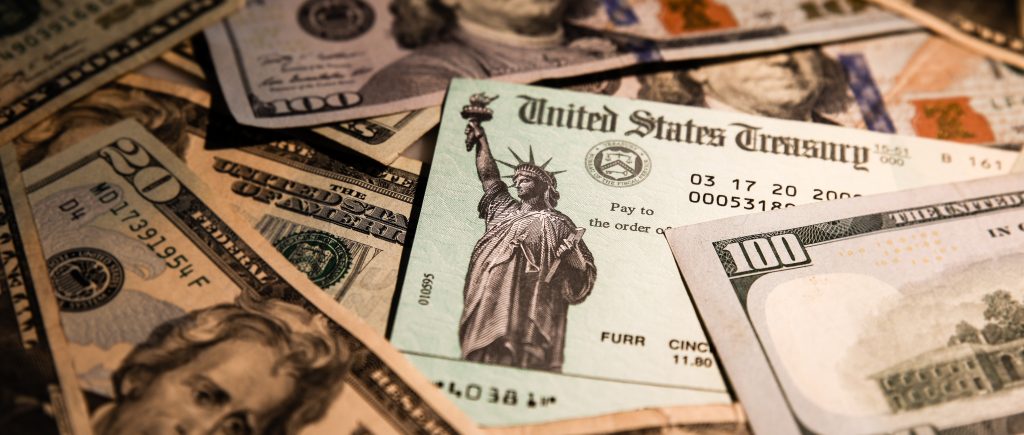While financial markets gear up for a relatively busy year, there persists a state of severe disagreement about the forces driving longer-term interest rates.
The range of forecasts for the yield on the 10-year Treasury one year from now is below 3% to above 5%. The yield outlook is mostly dependent on whether experts anticipate a return to inflation when the US central bank transitions to interest rate reductions.
The potential for a greater term premium brought on by the impending large rise in Treasuries supply is another issue. As of right now, rates are falling, with the two-year yield at 4.333% and the 10-year at 3.992%.
On Wednesday, the US Treasury yield curve slightly declined as investors eagerly awaited the arrival of important inflation data. The yield on the 10-year Treasury note dropped by more than 2 basis points to 3.996%. The yield on the 2-year Treasury note also dropped, closing at 4.341% after nearly three basis points.
Looming inflation data
Treasury yields have started to decline as a result of investors closely monitoring the impending inflation data releases, which have the ability to influence the Federal Reserve’s interest rate policy. Thursday will see the release of the December consumer price index (CPI) data, and Friday will see the release of the producer pricing index (PPI) data.
There is a prevailing sentiment amongst investors that these figures may indicate a decrease in inflationary pressures. This would suggest that the current high interest rates are producing the desired effect, possibly leading to a decrease in rates in the near future.
Though there is still uncertainty, recent Federal Reserve meeting minutes revealed that officials are thinking about possible rate decreases in 2023. The prospect of more rate increases has not been completely ruled out by some policymakers, as these choices are still highly dependent on the state of the economy. Although a timetable for these prospective rate decreases is unknown, investors anticipate a move as early as March, which would coincide with the Fed’s second meeting of the year.
January policy meeting, possible outcome
Interest rates are likely to remain unchanged at the conclusion of the Federal Reserve’s first meeting of the year, which is set for January 30-31. Due to their substantial effects on the financial markets and the overall economy, the Federal Reserve’s actions as well as the anticipation of key economic indicators are being keenly watched.

 Noor Trends News, Technical Analysis, Educational Tools and Recommendations
Noor Trends News, Technical Analysis, Educational Tools and Recommendations




